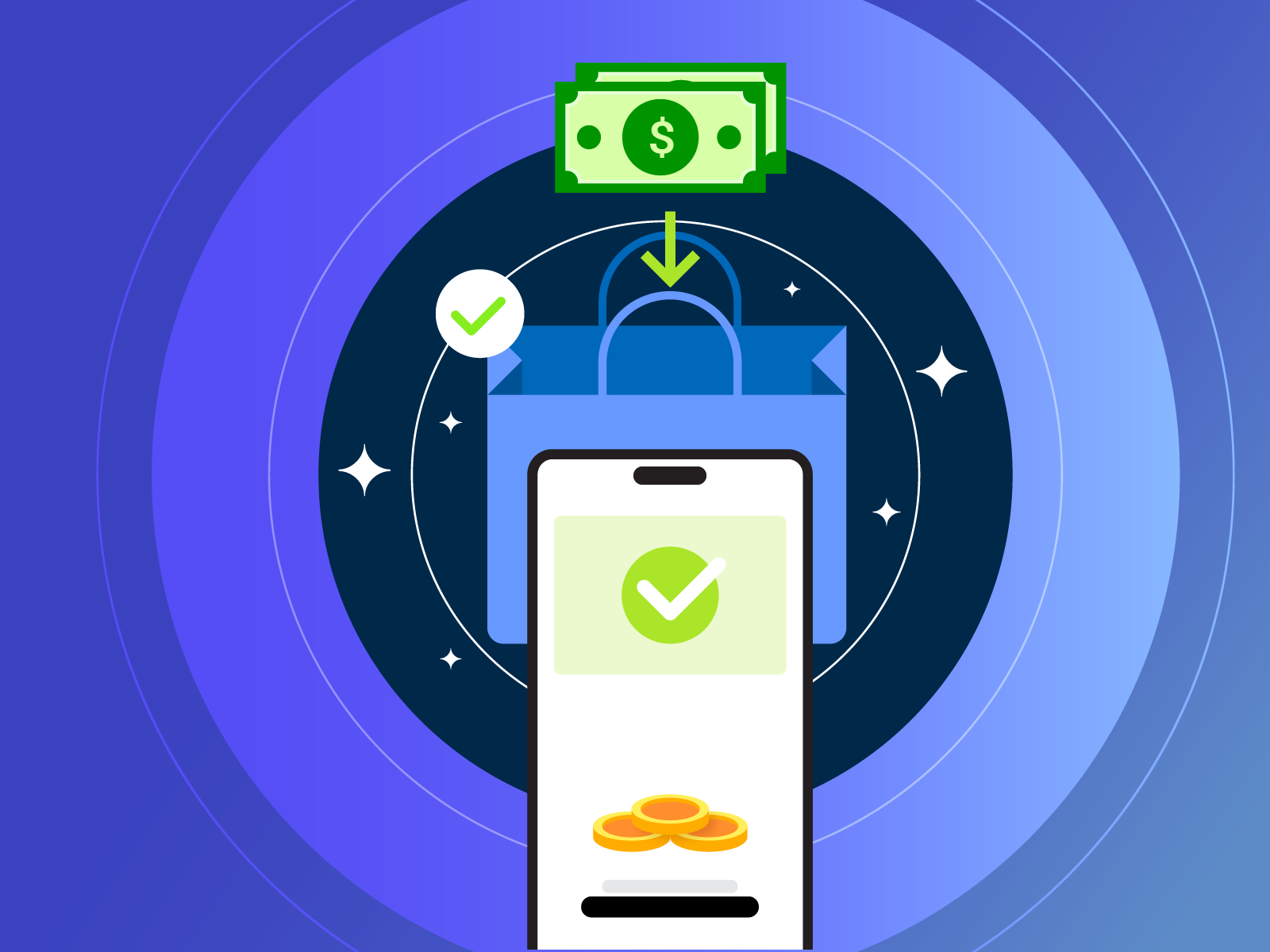Transform your procurement process with our comprehensive P2P platform selection guide. Make informed decisions and maximize ROI with expert insights.
In today’s digital-first economy, automating procurement with the right procure-to-pay (P2P) platform is not just a competitive advantage, it’s a business imperative. A robust P2P solution streamlines the procurement lifecycle, enhances spend management, and delivers measurable returns through procurement automation.
From requisition to payment, a well-implemented procurement software can drive compliance, increase spend visibility, and reduce inefficiencies. But with a crowded market of providers, knowing how to choose a P2P platform that truly fits your organization’s needs is a challenge.
This detailed checklist outlines everything you should consider to evaluate the best procure-to-pay software for 2025, with a focus on scalability, usability, ERP integration, and long-term ROI.
1. Understand Your Company’s Unique Procurement Needs
Start by mapping your current procurement process. Identify key pain points such as bottlenecks in invoice processing, lack of approval workflows, or fragmented supplier collaboration.
Ask:
- What stages in our source-to-pay process are manual or error-prone?
- Are we lacking visibility into indirect spend or off-contract purchases?
- Do we need multi-entity procurement software or multi-location support?
A clear picture of your current system and future scalability needs ensures that the P2P software you select aligns with your workflows and business goals.
2. Prioritize Ease of Use and User Adoption
Even the most powerful platform will fail if employees resist using it. An intuitive interface, guided workflows, and role-based access control are essential for organization-wide adoption.
Evaluate:
- Is the user interface intuitive for both procurement and finance teams?
- Does it support mobile procurement solutions for on-the-go approvals?
- How steep is the learning curve for end-users?
Look for user-friendly P2P software for fast adoption that offers requisition workflows and self-service features to encourage compliance without friction.
3. Integration Capabilities with ERP and Financial Systems
Modern procurement doesn’t exist in isolation. Your P2P platform should seamlessly integrate with your existing ERP, accounting, and supplier management systems.
Must-Have Integration Features:
- Two-way data sync with ERP platforms
- Real-time financial compliance and audit trail visibility
- Vendor master data sync and inventory sync
- Banking/payment gateway integration
Choosing one of the top P2P platforms for enterprise with ERP integration ensures smoother operations and better data consistency.
4. Prioritize Advanced Security and Data Privacy
With sensitive procurement data at stake, your platform should meet top-tier security and procurement data privacy regulations.
Checklist:
- End-to-end encryption of all transactions
- Role-based access control
- Compliance with ISO 27001, GDPR, and other applicable regulations
- Disaster recovery in procurement systems
This ensures that your procurement automation tools don’t introduce vulnerabilities into your infrastructure.
5. Look for a Vendor That Offers Comprehensive Support
Technology is only as good as the team that supports it. The vendor should provide both pre- and post-implementation services, ongoing training, and dedicated customer success support.
Consider:
- 24/7 technical support
- Structured onboarding and change management
- Assigned account manager
- Proven track record in supporting enterprise-scale deployments
This is especially crucial for organizations investing in scalable P2P solutions for multi-location companies.
6. Calculate the Total Cost of Ownership (TCO)
Pricing models vary; some vendors charge per user, others based on transaction volume. Beyond license fees, consider the broader TCO (Total Cost of Ownership), including implementation, support, and maintenance.
Ask:
- Are there setup, customization, or upgrade costs?
- Are future modules/add-ons included or charged separately?
- Does the pricing scale with your business?
Understanding TCO is essential when comparing cost-effective P2P software with low TCO options and budgeting for long-term value.
7. Assess Customization and Scalability
Your platform should adapt to your unique workflows today and grow with you tomorrow.
Evaluate:
- Are workflow configurations no-code workflows or developer-dependent?
- Can the platform handle a significant rise in transactions or users?
- Is the vendor regularly updating features to reflect market trends?
The best P2P tools for indirect spend control in 2025 will offer robust customization without compromising performance or security.
8. Review Reporting and Procurement Analytics Capabilities
Procurement analytics dashboard and real-time analytics are core drivers of smarter decisions. Advanced P2P systems come with tools that help organizations move from tactical to strategic procurement.
Look for:
- Customizable dashboards for tracking spend, supplier risk, and contract compliance
- AI-powered spend management solutions
- Reports that support compliance management tools, audits, and forecasting
With the right analytics, you can unlock the full benefits of automating procurement including improved budget control, fraud detection, and policy adherence.
9. Secure Leadership Buy-In and Plan for Change Management
Successful implementation hinges not only on software but on people. Leadership support, phased rollouts, and onboarding and change management are crucial.
Tips for a Smooth Transition:
- Involve stakeholders early to champion adoption
- Communicate benefits clearly across departments
- Plan a structured rollout with defined procurement KPIs and metrics
Without change management, even the most advanced procurement tools with advanced analytics can fail to deliver full ROI.
Conclusion: Choosing the Right P2P Platform for Your Business
Adopting a procure-to-pay solution is a transformative step toward digital procurement transformation. The right platform improves compliance, enhances visibility, boosts supplier relationships, and delivers sustainable cost savings.
To summarize, your checklist for P2P software selection should focus on:
- Alignment with procurement needs
- Ease of use and adoption
- Strong integrations with ERP and financial systems
- Security and data protection
- Customization and scalability
- Total cost of ownership
- Analytics and actionable insights
- Vendor support and implementation services
With so many vendors on the market, taking a strategic, data-driven approach helps you find the best procure-to-pay platform for your organization’s specific goals and ensures procurement ROI in the long run.


